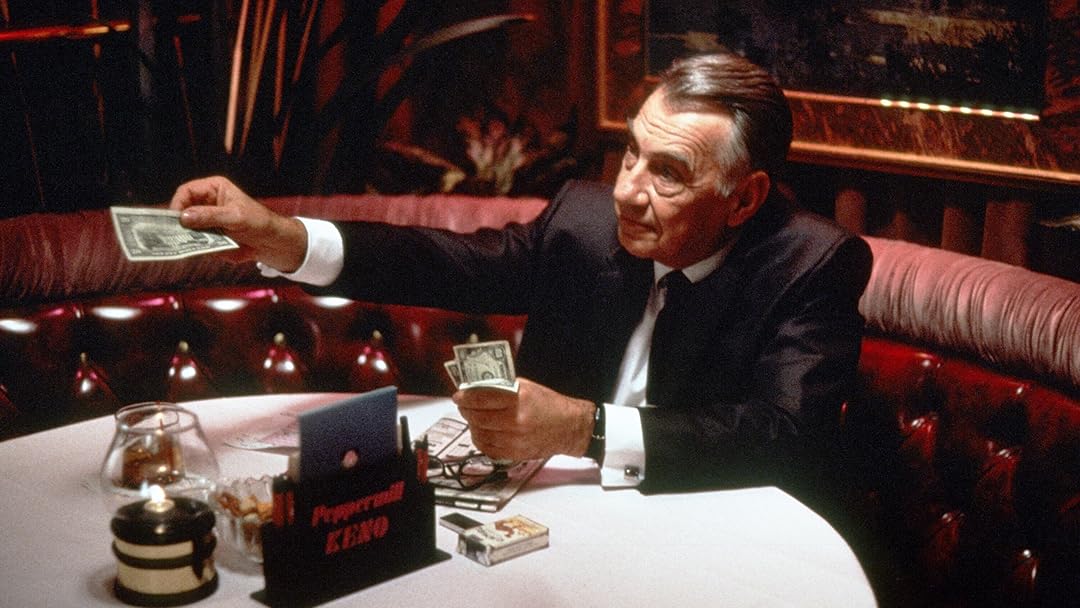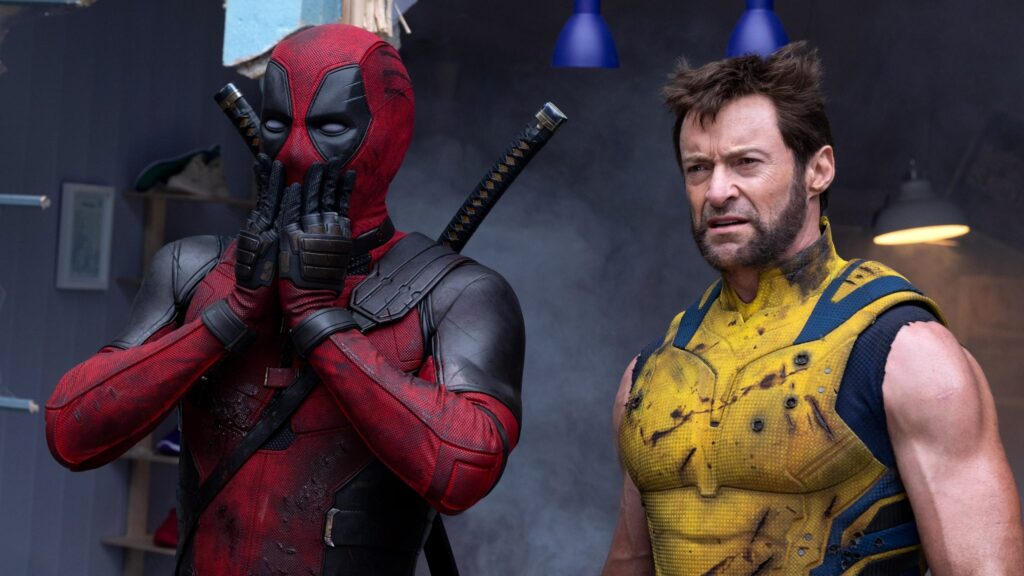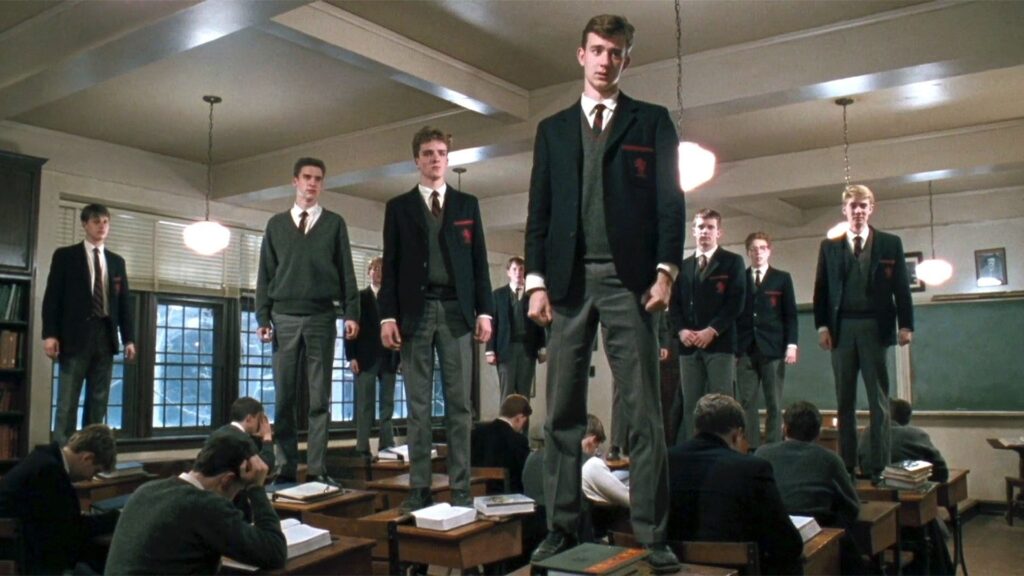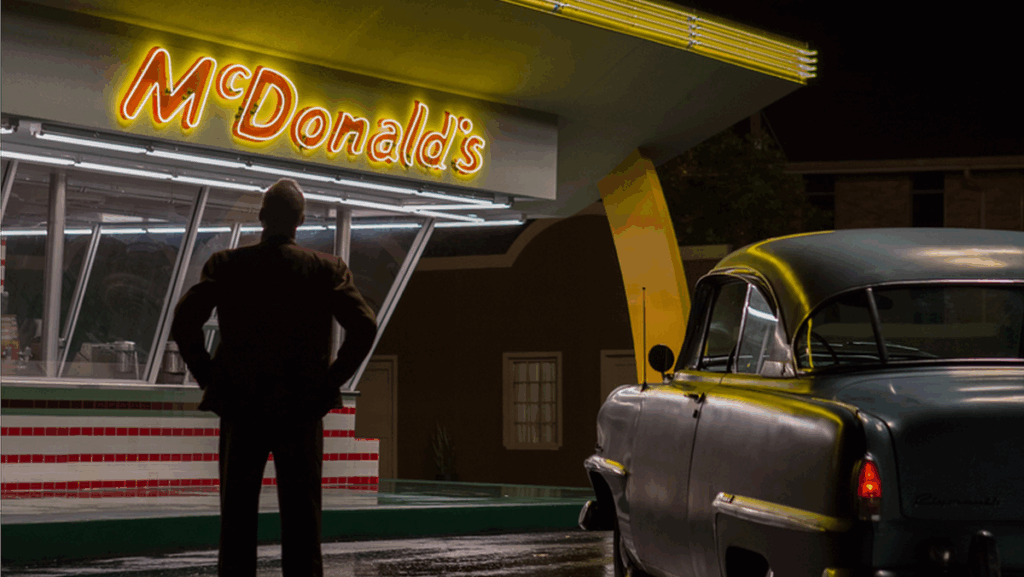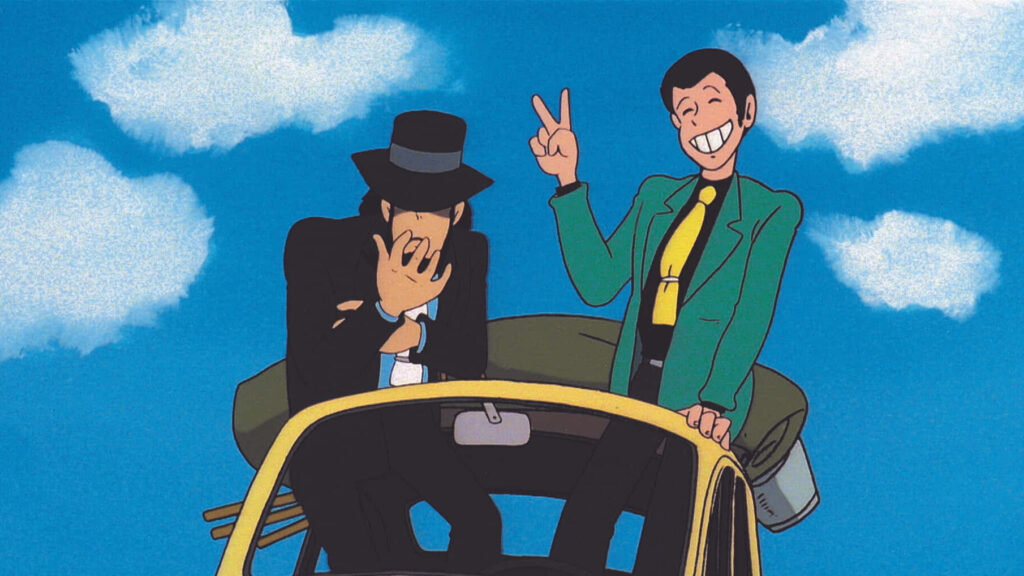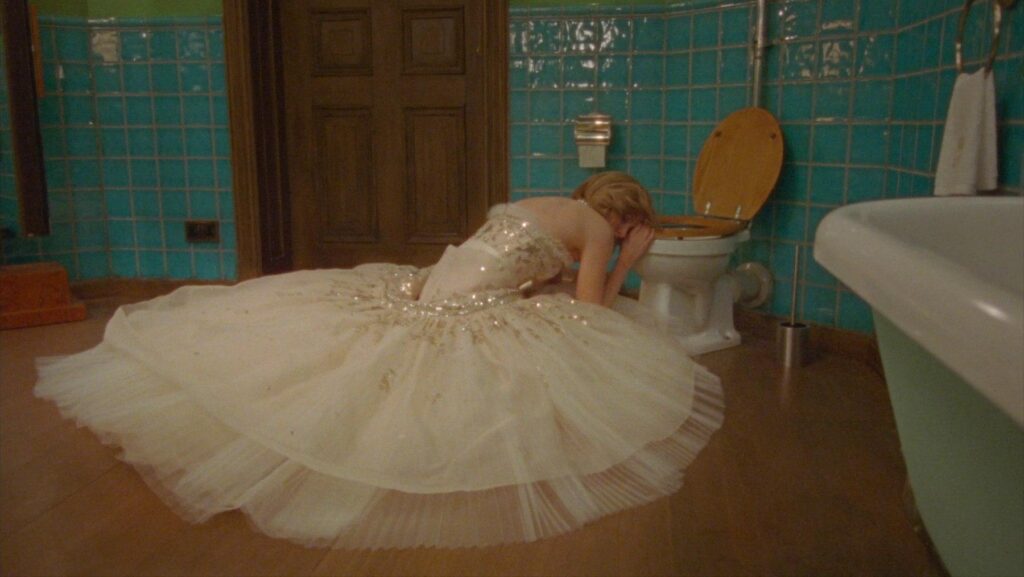The movie offering the most insight into Paul Thomas Anderson’s whole career is also his first.
Originally a summative project for English class, written sometime in June 2024 — evidently I had to discuss cinematic techniques and just decided to prattle on about lighting.
Over a period of six weeks in 1993, the young Paul Thomas Anderson filmed the short film Cigarettes & Coffee, a $20,000 chamber piece financed mostly by the director’s own gambling winnings and unused college fund. It starred Philip Baker Hall as a high-rolling elder mentoring an inexperienced gambler in a Nevada diner, and three years later, he played such a part again in Anderson’s directorial debut, Hard Eight, a Hollywood-financed expansion of the earlier short. Armed with a more serious budget of $3 million, Anderson would cast John C. Reilly as the amateur, John, with the extended storyline seeing him practicing some newly learned skills on a sleazy 90s mega-casino before assuming the role of apprentice to Hall’s character Sydney. Under his mentorship, John absorbs time-tested insights into how business is done and establishes new connections in the gutter of Las Vegas and Reno, namely Jimmy (Samuel L. Jackson), a wily security expert, and Clementine (Gwyneth Paltrow), an impoverished waitress who John quickly marries.
Anderson’s film is the truest kind of crime movie: one which doesn’t delude itself, or its audience, into the fantasy that there is any glamour to a criminal lifestyle. Almost the entire film is set during the dead of night, a space of time which is just as alive in Vegas as any other, but in which everyone is denied the clarity of sunlight. Cascading shadows are carpeted over Sydney’s wrinkled face when he stays up this late, and he appears deadened by them, knowing full well what shade obscures. On the other hand, John’s naive self-confidence leaves his boyish face unguarded, unwrinkled by the painful experiences and regrets Sydney suffers with in private. When John makes his biggest mistake in his clumsy efforts to protect Clementine, he is left in total darkness — it’s only at the point of Sydney’s arrival, when he is ready to offer his requisite professionalism and save the newlyweds from certain imprisonment, that the scene of John’s crime is lit. Set against the sunrise, the lovers flee their own conundrum in an ‘86 Gran Fury, while it’s Sydney’s burden to face threats from Jimmy in the darkness of his hotel room. Robert Elswit, the film’s cinematographer, designs his shots in order to communicate innocence through light, and corruption through its absence.
Hard Eight is an unromantic glimpse into the demons of one man: Sydney. Before the studio mandated that the film be released under a more commercial name, the production title was Sydney, in honour of the movie’s real protagonist, a jaded man whose decisions determine the fates of the arrogant young people who surround him. They make the same blunders that he has seen on dozens of occasions before, and it is only his interference which renders them alive or dead. Sydney’s regret is the only cause for his mentorship of John, his hatred of himself the only reason he works so hard to steer John from a fate similar to his own, and his competence the only shield from John’s self-destructive tendencies. Thematically, Anderson’s movie, which he wrote only a few years into his adulthood, is a dense portrait of agedness. Sydney is exhausted with success at the cost of so much life, and the feeling is as richly communicated by Philip Baker Hall’s resigned, earthy performance as it is by Anderson’s sharp writing. Indeed, the movie pulls out all the stops for a viewing experience that provides as much thoughtful analysis of its characters as it does entertainment value, from powerful cameos (including a stand-out scene early in the career of Philip Seymour Hoffman) to a genius smooth jazz score by Jon Brion. Hard Eight is essential viewing for its shocking intelligence, and very possibly the most suitable way to be introduced to the artistic style of Paul Thomas Anderson, a director whose subsequent career would continue to be defined by a fascination with the remorse of those who have committed immoral acts.
